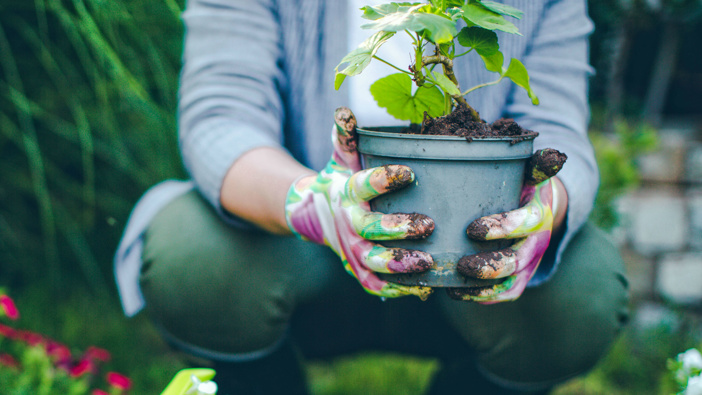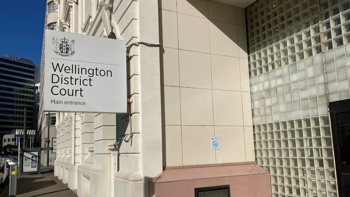It is quite extraordinary, how often I come across gardeners that are complaining about having a very wet garden. In many cases they are dealing with a residual “wetland”!!!
In our history, land owners and farmers simply hated these wet lands and they went to extreme efforts to drain the living daylights out of them…
As luck would have it, I have just read a brand-new book about New Zealand’s WETLANDS:
Life in the Shallows, by Karen Denyer and Monica Peters.
This book does not just describe the many facets of wetland research and the people that do the hard mahi, out there in those shallow waters, it also covers the history of wetland habitats in Aotearoa.
The coolest thing is the Mātauranga associated with wetlands. My goodness these habitats were important to Maori for soooo many years.
Wetlands have always been recognised as the nurseries for Kai Moana and the sources of food in both fresh water and sea water and everything in between.
The most awful statistic in the book is that we have just 10% of all our wetlands left. The rest has been “tidied up” by land owners who have always considered wetlands to be a pain in the proverbial and a messy, wet, unproductive form of land.
Homo sapiens have always wanted a clean, regular, tidy and orderly piece of land;
Have you noticed how Nature is always “messy”?
So if you have a piece of land, or a garden that has nice wet patches, what can you do to turn that into a classy habitat for native wetland organisms; my immediate thoughts are “plant some wetland plants”
I contacted Karen Denyer to find out if there are some common sense plants that would make a good cover for wetlands;
I mentioned the usual features: flax, Ti Kouka, Kahikatea, red tussock and Carex species, with mahoe, Manuka, swamp coprosma etc on the somewhat drier patches…
Without hesitation I got a severe telling off from Karen (which I expected): “If you put this sort of thing on the radio, we’ll end up with McDonalds wetlands all over the place”;
Oh how I loved that description!!!
Every wetland is different: North differs from South and East from West
Soil types are other important factors that determine how a wetland looks and operates
River/Stream origin or salt/Brackish water. Acid or alkaline. Lowlands or alpine wetlands
Wet and deep (Aquatic), Lake edge (Emergent), Swamp or Fen (Saturated), Marsh or swamp edge, occasionally flooding (Moist), rarely flooding (Dry).
Each of these conditions has its own suite of suitable plants
Information on which plant to use in which region:
Your regional Council, Local City Councils, DOC offices, and the local Botanical Society are all good sources of local information.
And then there’s another fabulous wetland book:
Wetland restoration: a Handbook for New Zealand Freshwater Systems
Wetlands are extremely important for our Planet… and certainly for Aotearoa.
LISTEN ABOVE
Take your Radio, Podcasts and Music with you










